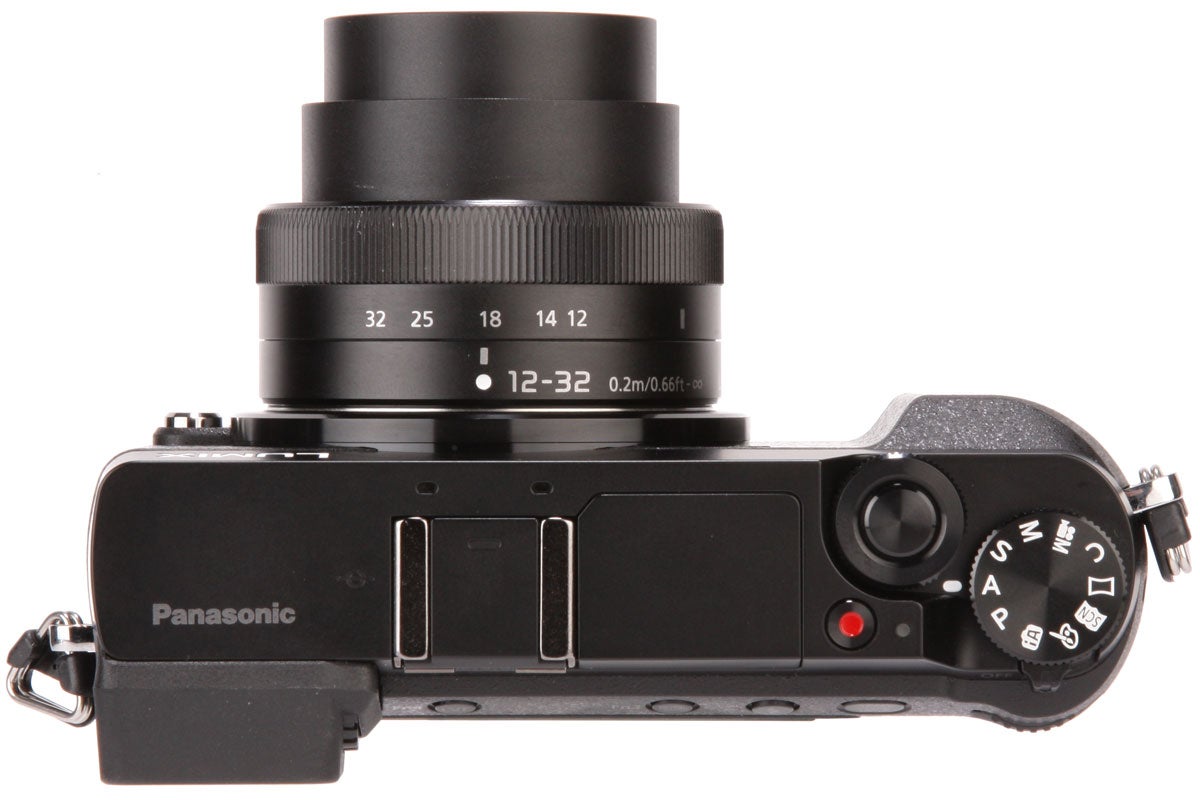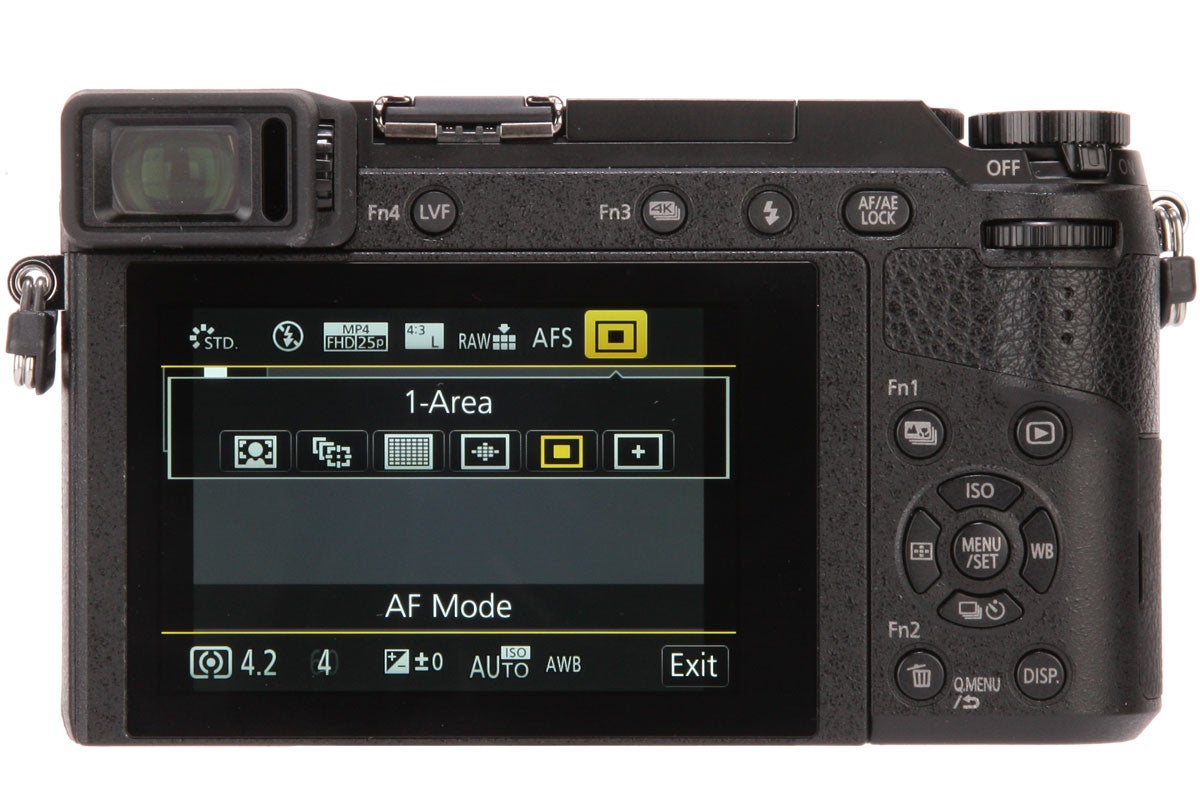Andy Westlake examines the Panasonic Lumix GX80, Panasonic’s latest mid-range compact system camera
Panasonic Lumix GX80 review
Build and handling
In-hand the Panasonic Lumix GX80 feels very nicely made, and quite heavy for its size. It has a relatively small handgrip, but it’s just enough to wrap your fingers around, with a well-defined space to place your thumb. Where the tiny GM5 was too small to be comfortably useable, and the GX8 feels a bit large and bulky, the GX80 hits a near-perfect middle ground.
The control layout isn’t necessarily the best you’ll find, but it’s logical enough and works reasonably well out of the box.
It’s based around twin control dials to change exposure settings, front and rear; by default both do the same thing in all exposure modes except manual, but either can be configured to set exposure compensation directly instead.
The rear dial can also be clicked-in to change its function; during shooting this brings up a comprehensive exposure compensation and bracketing interface. Meanwhile the d-pad on the back gives access to focus area selection, ISO, white balance and drive mode.
You can also use the touchscreen to reposition the AF area directly, even when using the EVF, and if you’re one of the two-thirds of the population that’s right eye dominant, this should work fine.
However, if you’re a left-eye shooter like me, you’ll probably find the touchscreen unusable for this, as your nose will constantly reset the focus area. But because the camera is highly customisable, it’s possible to re-assign the d-pad to move the AF area directly if you prefer, and rework the rest of the interface to operate as you’d prefer.
Indeed, many of the controls are user-configurable, including four external Fn buttons, five touchscreen Fn buttons, and the onscreen Q Menu. Panasonic’s menus are relatively well organised and logical too, so it’s not too difficult to find your way around the camera and set it up how you want. I set the Fn1 button that by default accesses 4K Post Focus to control ISO and white balance instead.






